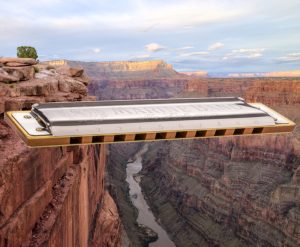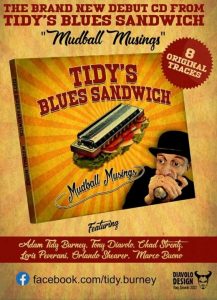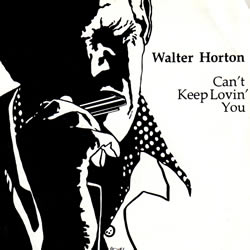NEUMA Harmonica 10 Blues

 Putting your money where your mouth is
Putting your money where your mouth is
For a budget conscious harmonica shopper, there is an ever increasing range of cheap harmonicas available online. By budget we mean under £25.00 GBP/$35.00 USD. While the price may be attractive, there’s one home truth that cannot be denied: buy cheap, buy twice. A clean cut web page, some impressive blurb and a few sharp images can make any harp look great, but don’t be fooled.
Read the reviews and remember you’re more interested in how the harp sounds and plays than how great it looks. We’d also advise against buying used harps and grandpa’s cast-offs. Unless they’re for your personal museum collection, or you’re adept at restoration projects, these are best avoided too. (more…)

 The Grand Canyon which yawns between the writer’s concept of what he wants to capture in words and what comes through is a cruel abyss.
The Grand Canyon which yawns between the writer’s concept of what he wants to capture in words and what comes through is a cruel abyss.



